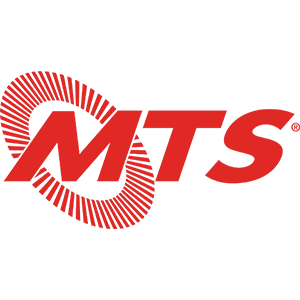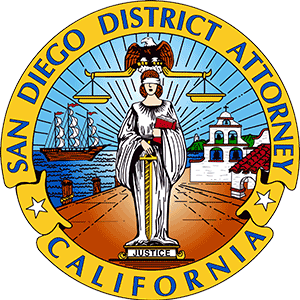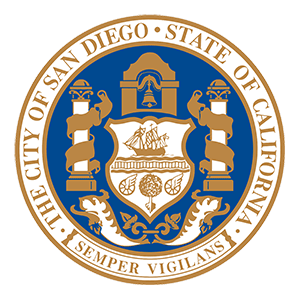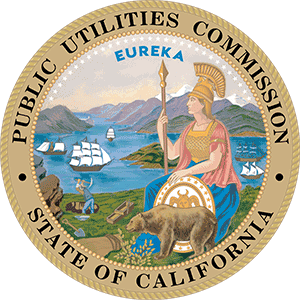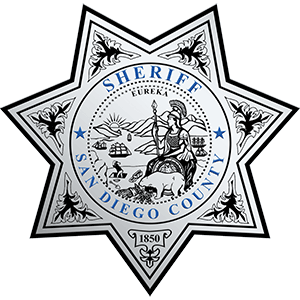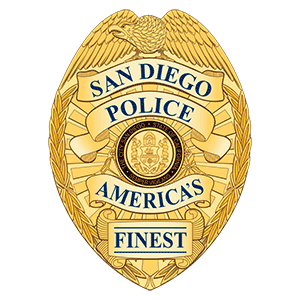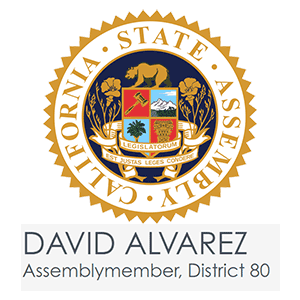Don’t risk your safety. Say “No” to wildcatters.
There are many transportation options once people enter the U.S. from the San Ysidro and Otay Mesa border crossings, and it’s important to know which ones are safe and which ones could be dangerous.
Persons referred to as "wildcatters," or “raiteros” in Spanish, near the San Ysidro and Otay Mesa border crossings can pose a threat to your safety.
If you’re seeking ground transportation in San Ysidro or Otay Mesa, it is important to remain vigilant and always choose the safest option for you and your travel companions.
Whether travelers and commuters like yourself choose to travel by Trolley, bus, or taxicab, MTS wants you to have a safe and secure ride.
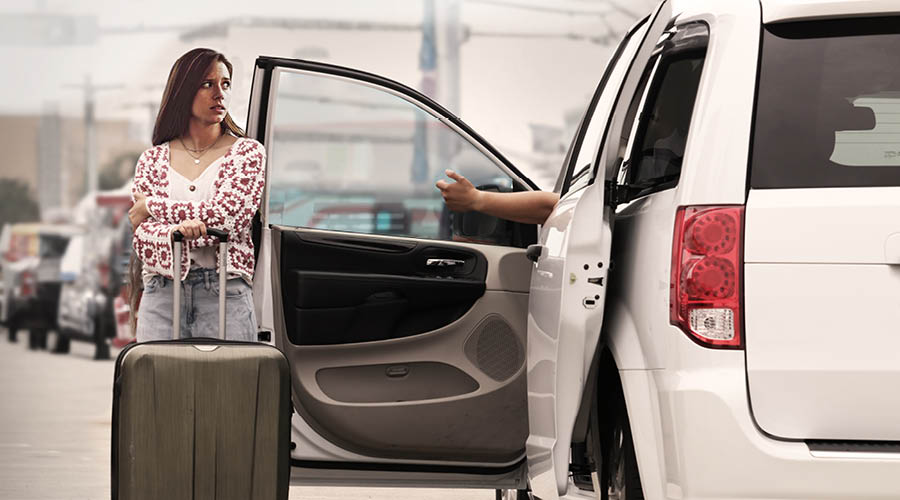
What is a wildcatter?
Wildcatters provide unlicensed and unregulated transportation services, using unlicensed vehicles in exchange for compensation.
How are wildcatters a risk?
Wildcatters (unregulated ride-sharing services) pose a threat to public safety. Without proper oversight, these unregulated services may not carry enough insurance to protect passengers in case of an accident. Wildcatters do not undergo criminal background checks, do not receive safety training, and do not perform vehicle safety inspections. This lack of oversight can result in unsafe rides, unfair pricing and limited protections for riders in the case of an accident.
Prioritize your safety. Ride with a licensed driver.
Where do wildcatters operate?
Most wildcatting activity in San Diego takes place near the San Ysidro and Otay Mesa Ports of Entry.
Wildcatters mostly operate on city streets but are also known to stage their vehicles and conduct business on private property, such as at shopping centers and public parking lots.
Wildcatters are also known to operate throughout San Diego, particularly near transit centers such as San Ysidro and Iris Avenue. They also operate in other areas near concert venues or sporting events such as Pechanga Arena and Petco Park.
What are the safe ground transportation options near the border?
Many public transportation options are available for those crossing north into the U.S. Pedestrians crossing the border can choose from many legitimate transportation options when arriving in the U.S. including Rapid 225 and Rapid 227 at Otay Mesa, the UC San Diego Blue Line Trolley at San Ysidro, taxicabs, and even privatized charter buses.
Those crossing the border can find a quick list of MTS bus routes and Trolley lines (and schedules) in San Diego. Use the MTS Trip Planner to find the best route or call Information and Trip Planning for help planning a trip at 619-233-3004.
If you’re looking for a taxicab, MTS’s For-Hire Vehicle Administration team licenses and oversees taxicabs, non-emergency medical transports, charter vehicles, etc., ensuring passengers have safe, reliable and reasonable travel accommodations. Find a dispatch service for taxi reservations and fare rates here.
How do I know if a taxicab is licensed?
MTS issues medallions to licensed for-hire vehicles. You can verify if a taxicab is licensed by looking for the medallion decal (pictured below) typically located near the vehicle's rear windshield, as well as MTS “regulated vehicle” decals on both rear sides of the vehicle.
For more information on how to distinguish a safe and regulated taxicab or to report illegal transportation providers, please contact MTS For-Hire Vehicle Administration at 619-595-3086.
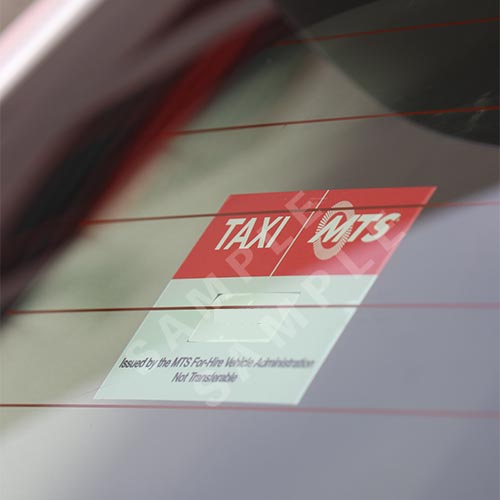
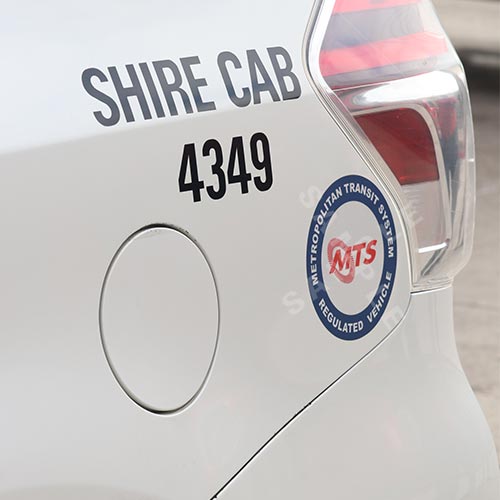
How do I report wildcatting activity?
- MTS Security (24/7 by text or phone): 619-595-4960
- San Diego Police Department: 619‑531‑2000 or 858‑484‑3154
- San Diego County Sheriff’s Department: 858-868-3200
If you have an emergency, please call or text 9-1-1. Call if you can, text ONLY if you can't.

